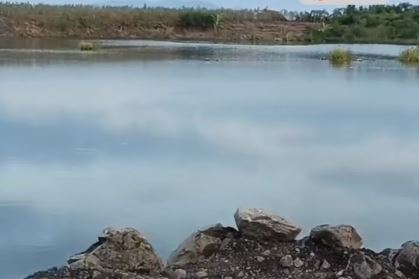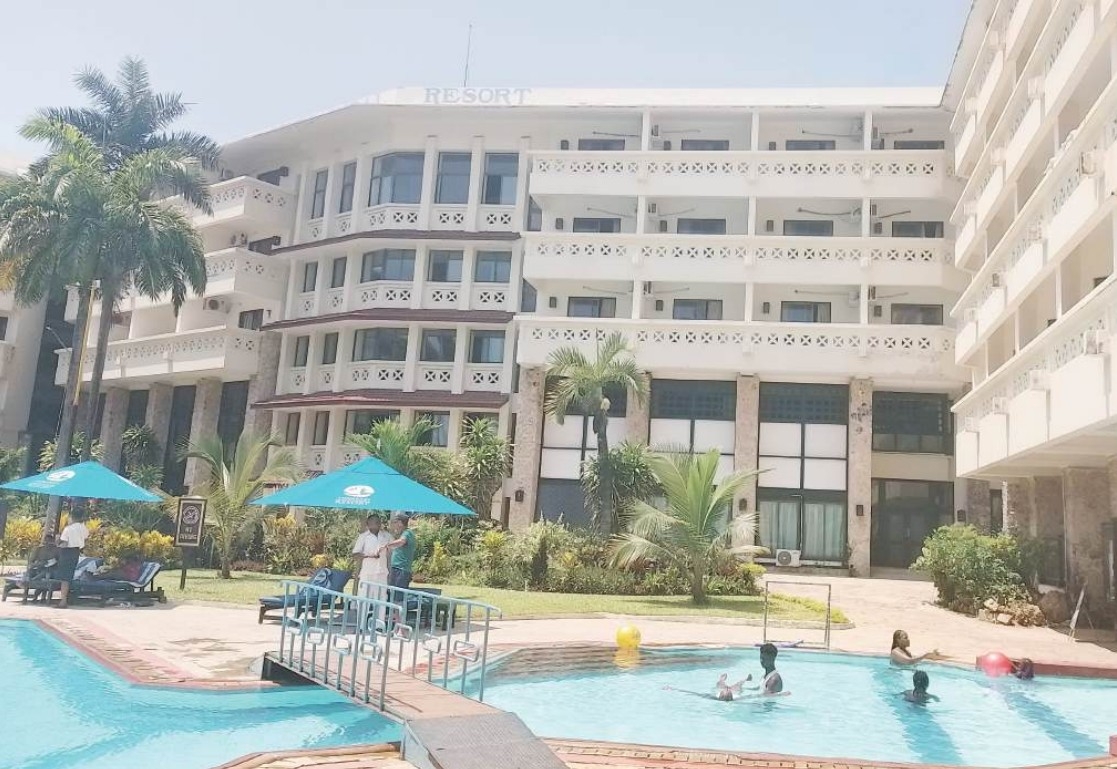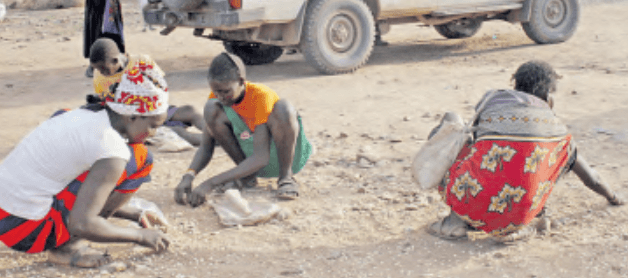
A 22-year-old man who recently graduated from university tragically drowned while attempting to catch ducks for food.
The incident occurred on Sunday in a remote area where birds, including ducks, commonly breed at Wamumu Swamp, in Kirinyaga.
According to local witnesses, the young man had come to the
area in search of something to eat. He was later found approximately 300 metres from the main access point.
“He was following the ducks. People
often come here to catch birds for food,” a resident said.
Unknown to the man, the location he was headed to was
deceptively deep and littered with sharp stones. The area is also a known
breeding ground for ducks.
Locals say a substance called maggata, believed to contain
citric acid, is sometimes used to weaken the ducks. When consumed, the acid
affects their strength, causing them to drown.
“The man saw a large number of ducks and tried to get into
the water,” the witness added. “But once he entered, he couldn’t get out. He
didn’t have the strength to swim back.”
It was later revealed that the victim’s wife had recently
given birth. He is believed to have been desperately trying to provide for his
young family when the incident occurred.
The World
Health Organisation states that almost half of all drowning
deaths occur among people below the age of 29 years, and a quarter occur among
children under the age of five years.
The drowning death rate among males is more than twice that of females.
The WHO recommends a series of community-based actions for drowning
prevention.
These
include the installation of barriers to prevent child access to water,
provision of safe places away from water for preschool children, teaching
school-aged children basic swimming water safety and safe rescue skills and
training people in rescue and resuscitation.
Others include
strengthening public awareness of drowning, setting and enforcing safe boating,
shipping and ferry regulations, and improving flood risk management.












